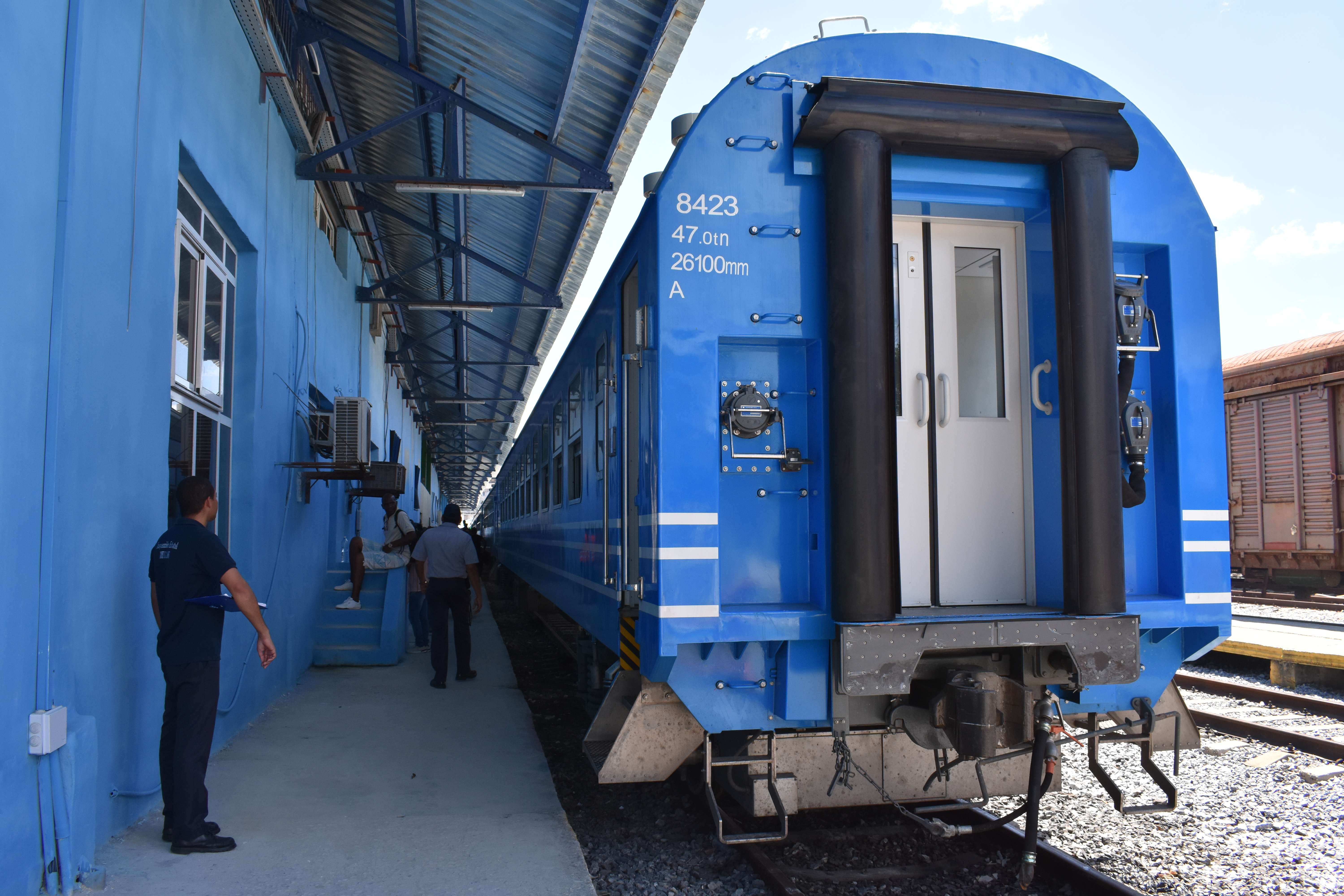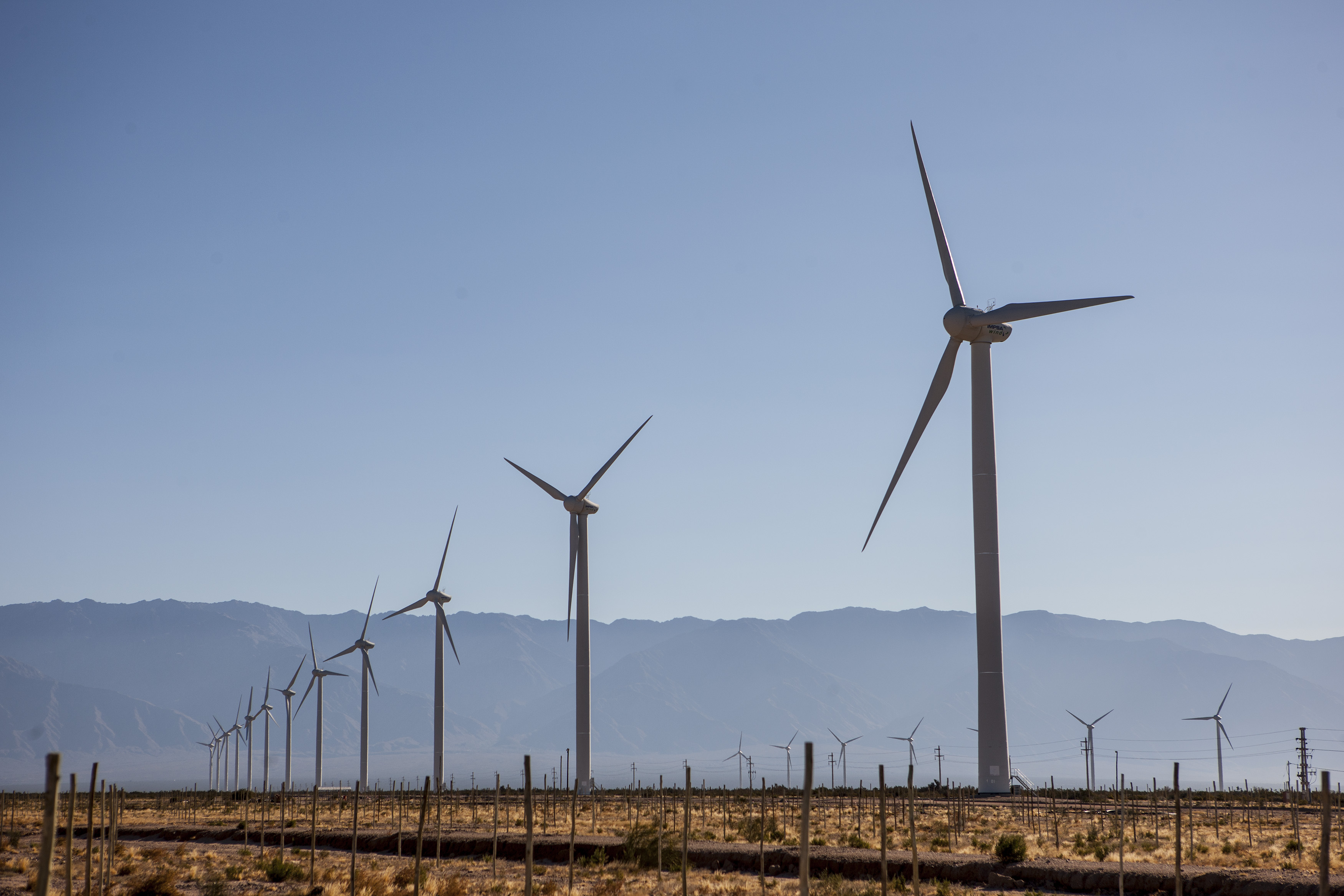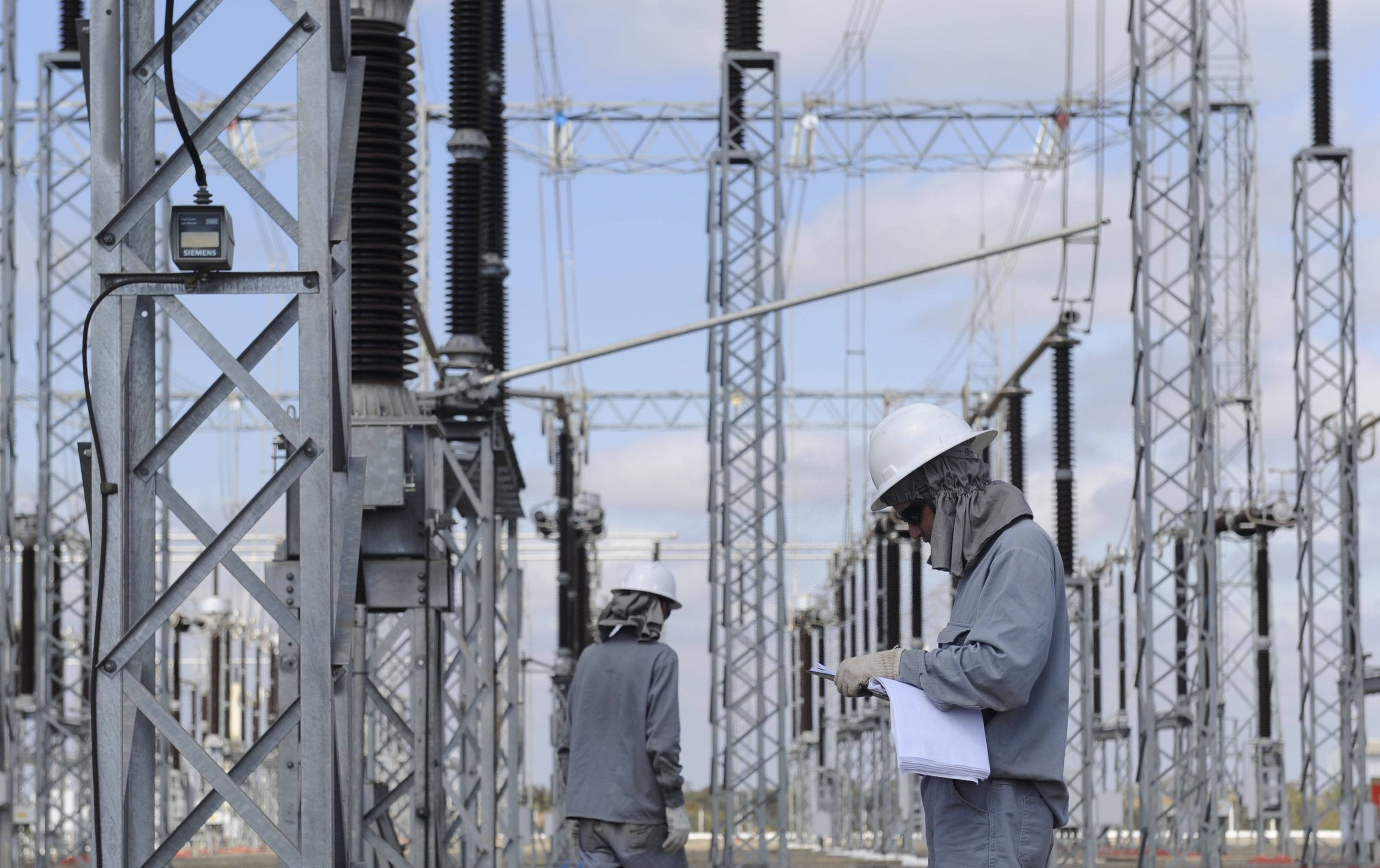
A train made up entirely by Chinese wagons stops by Havana Central Railway Station in Havana, capital of Cuba, July 13, 2019. (Xinhua/Zhu Wanjun)
HAVANA, July 15 (Xinhua) -- The first train entirely made up of Chinese-made carriages started operating last week between Havana and Santiago de Cuba, the island country's second largest city.
"Thank you, China," the passengers, who were on the maiden voyage of the new railroad cars that Cuba has received for the first time in 44 years, told Xinhua.
This year marks the fifth anniversary of the idea of forging a community with a shared future between China and Latin America. Under the Belt and Road Initiative (BRI), China has endeavored to improve living conditions in Cuba and other Latin American countries.

Passengers are seen aboard a train made up entirely by Chinese wagons in Havana, capital of Cuba, July 13, 2019. (Xinhua/Zhu Wanjun)
Old and worn-out infrastructure have been one of the constraining factors that hinder the development of many Latin American countries.
With China's help, Jamaica has built its first modern express way, reducing travel time from the north coast to the south from 2 hours to 45 minutes.
China has also provided a range of equipment and expertise to help Argentina renovate its railway lines, necessary for reducing logistic costs of transporting goods in its 18 provinces.
With closer China-Latin America ties, residents there do not need to worry about their access to electricity or drinking water.

Image taken on June 30, 2015, shows the windmills of the Arauco Wind Farm in the village of Aimogasta, La Rioja province, 1,320 km from Buenos Aires city, Argentina. China has offered key technology and funds for Argentina's renewable energy program to help promote the country's energy matrix. (Xinhua/Martin Zabala)
With the aid of Chinese enterprises, the water supply program known as Sistema Produtor Sao Lourenco has tackled chronic water shortages for over 20 million people in Brazil. And in Argentina's southeast Patagonia's Chubut province, Chinese companies are harnessing the power of the region's buffeting winds to generate energy at the Loma Blanca I, II, III and VI wind farms.
Data shows that over 2,000 Chinese companies have been investing or doing business in Latin America, creating 1.8 million jobs for the local community. Since 2000, the trade volume between China and Latin America has experienced a roughly 20-fold increase.

Workers of Central Brazil Operation and Maintenance Center of Chinese company State Grid Brazil Holding carry out routine inspections of an electrical substation in Luziania, Brazil, July 23, 2013. (Xinhua/Weng Xinyang)
Latin America is the natural extension of the 21st Century Maritime Silk Road. China has reiterated its willingness to enhance cooperation with Latin America, synergize the development strategies of individual countries under the BRI, and jointly forge a community with a shared future between China and Latin America.



